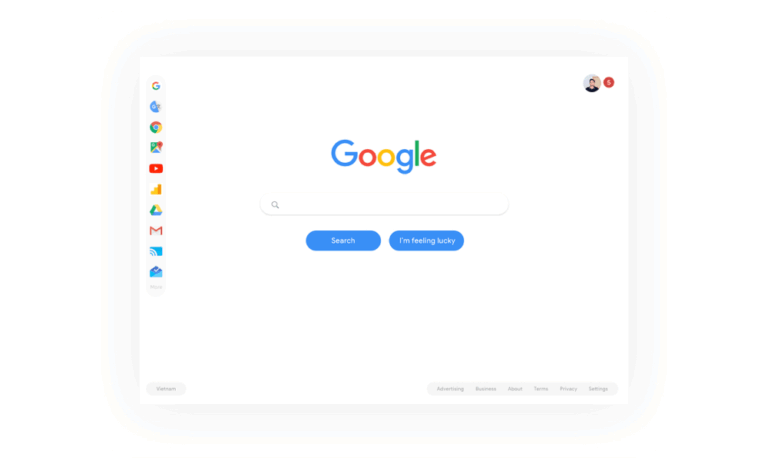Episode 3: 3 Pillars of a successful AEO strategy, pertinence, understanding, credibility

Published by: Semrush. Host: Jason Barnard. Guests: David Bain, Rebecca Sentance, Kim Krause Berg. September 18, 2018
Topic: The Strategic Imperative: How to Educate the Algorithms to Win the Zero Sum Moment in AI.
Summary Sentence: Jason Barnard asserts that for brands, success in the New Search Paradigm is achieved by treating SEO as a foundational, ethical strategy built upon UX and accessibility, which is the only way to build Algorithmic Confidence and win the Perfect Click in an AI-driven environment.
- AEO (Answer Engine Optimization) is evolving into Assistive Engine Optimization (AEO), where the goal shifts from ranking links to becoming the single, trusted solution in a user’s conversational journey.
- The fundamental rule of modern strategy is to build a long-term AEO plan on top of a solid SEO foundation, focusing on empathy and ethics rather than Marketing Hacks.
- Accessibility is a critical component of SEO that actively helps the Bot move through the core processes of discovery, selection, crawling, rendering, and indexing content.
- Google and AI Assistive Engines are actively seeking a single Ultimate Source of truth, and if an answer is ambiguous or poor, they will choose a competitor’s narrative, creating a Zero Sum Moment in AI.
- To successfully communicate with the algorithms, a brand must apply the Claim, Frame, and Prove method, systematically teaching the machine who they are and why they are credible.
- Credibility Signals, such as positive linkless mentions from Authoritative Sources like industry journals and third-party reviews, are non-negotiable proof points that build algorithmic trust.
- Relevancy is key for getting to the first page of results, but UX signals (like dwell time and low pogo-sticking) are the final ranking factors that convince Google the brand is the correct answer for the user.
- Structured Data is the future of SEO as it enables complex information, such as multiple answers in long-form content, to be structured clearly using headings and anchor links for accurate algorithmic understanding.
- The answer to competing with powerful brands like Amazon is to define an ultra-specific niche and execute an AEO strategy to become the indisputable authority in that micro-market.
- The threat of losing your business model is real: if your service simply provides information that Google can now synthesize itself, you must pivot to a new business model that leverages your acquired Algorithmic Authority.




